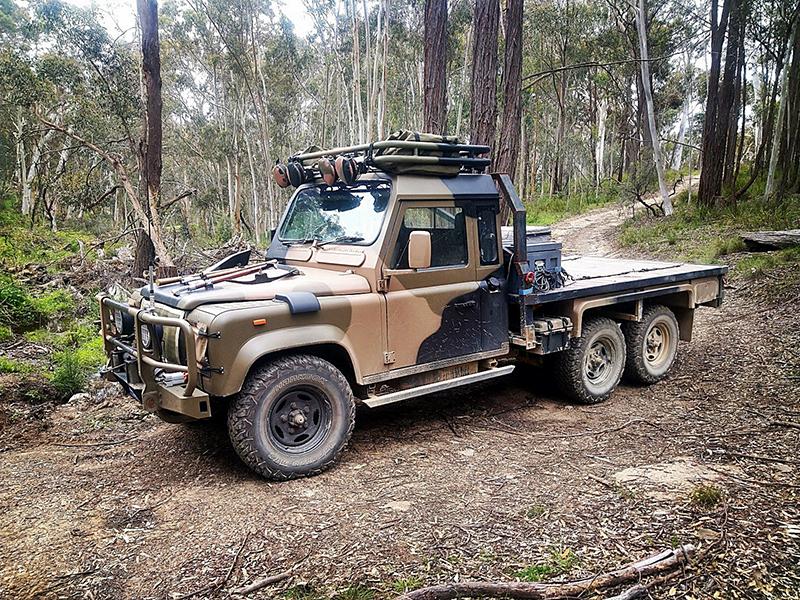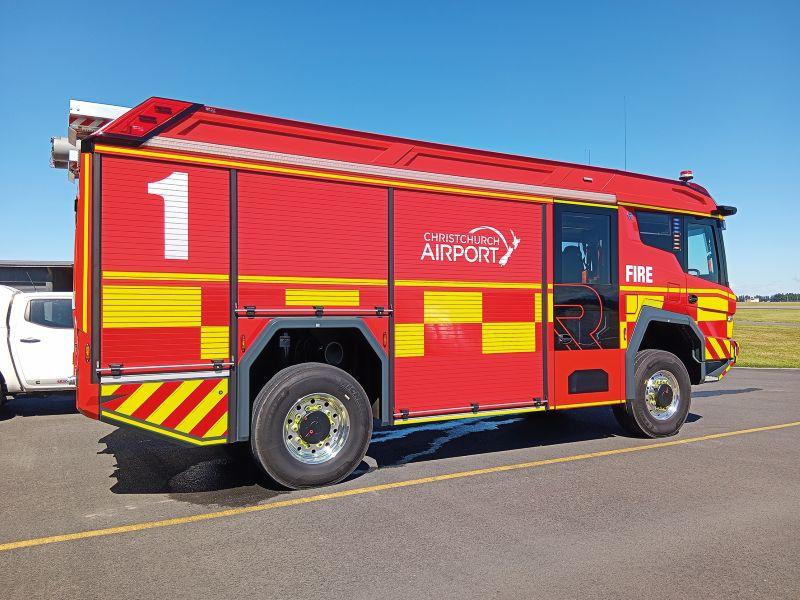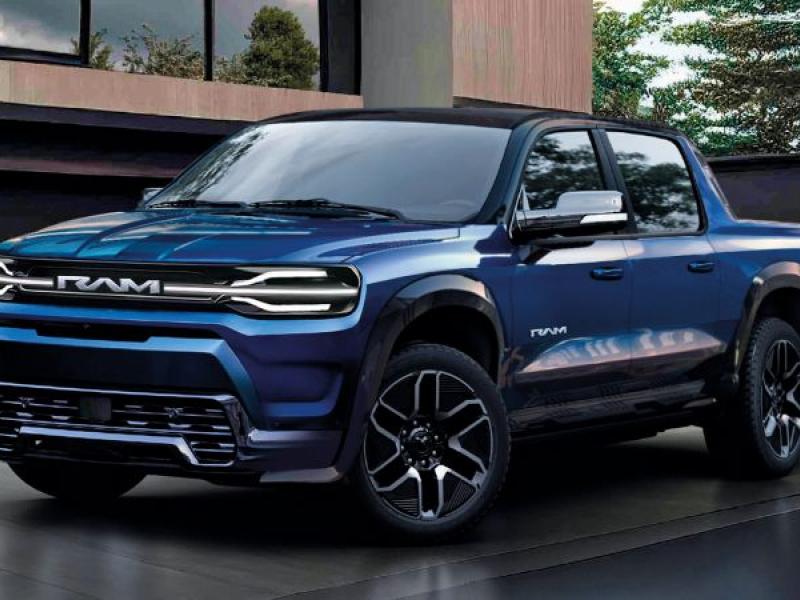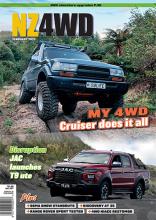Perentie –a mighty Landie
Our mates in Australia have long had a policy of self-reliance in defence matters.
War’s not a nice thing, not a nice place to be – but by golly it produces some interesting technology. As always, defence drives technological and engineering advances – and the Land Rover Perentie is no exception.
How fortunate for the off-road and overlanding world that war does what it does – it means we now have these tough-as-nails Landies coming out onto the private market and even popping up over here for sale.
The Perentie was produced as a 4WD and more interestingly as a 6X6. It is named after a large brown and yellow monitor lizard which lives in arid regions of Australia. Fittingly, it’s the largest monitor native to Australia.
The wheeled (non reptile) version was a long range patrol vehicle (LRPV) – a modern equivalent of the Jeeps and Chev trucks used by the SAS and Long Range Desert Group (LRDG) in WW2.
The specification required of the Perentie was to provide a vehicle with all-terrain capability in Aussie’s northern regions. They were deployed in places like Darwin and Townsville – and their spec made them ideal for use in the desert of Afghanistan.
The Perentie was a body-off-chassis build based on ‘110’ and ‘130’ Land Rovers. They have a 200mm wider chassis than the ‘civvy’ Land Rover they are based on, the extra width added to fit the bigger military wheels and tyres including the full-sized spare. After widening, the chassis was fully re-dipped in zinc to minimise corrosion.
The cab and body structure are integrated and the windscreen has a distinctive rearward rake compared to the more upright screens on production Land Rovers of the 1990s. The cab has two seats, no doors and a removable windscreen. Mountings are provided for two machine guns (MAG 58 and MINIMI) and a 250cc motorcycle which can be carried across the rear of the body. Just the thing for sorting out that motorway traffic jam.
The body features various stowage boxes for equipment and rations. Genuine Perenties are soft tops.
The engines were Isuzu diesels – not overly powerful but simple and reliable.
All-up with a crew of three, stores and equipment, the vehicles weighed 4,840kgs. It has an on-road range of over 1,600km and had a maximum speed of 95kmh.
Perenties were part of a range of 6X6 Land Rover variants operated by the Australian Army: others being a four-litter ambulance, a general maintenance (workshop) vehicle, an electronic repair vehicle, an air defence variant and a general cargo vehicle.
The LRPV was transported in C130 Hercules aircraft.
The Perentie LRPV was introduced into service with the Australian Army in November 1991. It was used to carry out medium and long range reconnaissance. Perentie enthusiasts insist that this is the most capable Land Rover ever built.
Between 2013 and 2018, Australia disposed of its Land Rover vehicles, including the Perentie. They were eagerly snapped up by off-road and overland enthusiasts, many of whom were ex-military types.
One happy owner of a 4WD Perentie describes it this way: “They’ll happily sit on 100km/h all day long, but the sensation is similar to being in a low-flying crop duster.”
Hundreds of 4WD and 6X6 Perenties were built in the factory in Sydney: 2,500 4WDs and 600 6X6 versions. Several Perenties are in New Zealand (including, apparently, a 6X6 or two) so enthusiasts wanting to get one should be watching the auction sites and should maybe also join the Kiwi Land Rover owners’ group.
The Aussie Registry of Ex-Military Land Rovers (REMLR) was formed in 1966 and tracks the use and ownership of ANZAC military vehicles – which may also be of use. Fair warning: the level of info about these trucks is all the way over to the ‘rivet counter’ level of detail and is quite intriguing.






